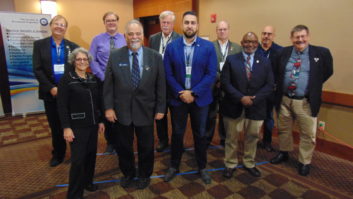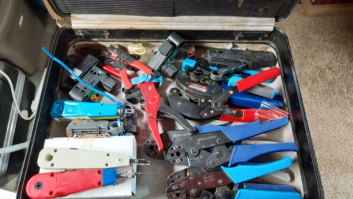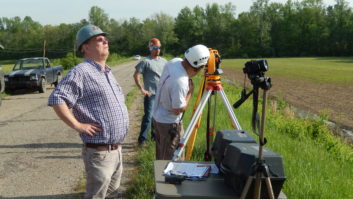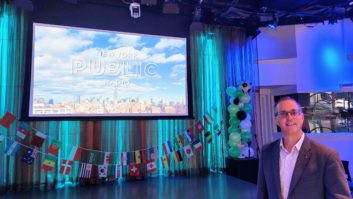Ralph Hogan is president of the Society of Broadcast Engineers.

Every five or six years, the SBE steps back to take a comprehensive look at how to meet its members’ needs, by conducting a strategic planning conference. We did just that on June 23, with the intention of evaluating the condition of the broadcast engineering profession and determining how the SBE can best serve the industry.
The Society of Broadcast Engineers was formed to support and promote broadcast engineering, and has helped build the careers of thousands of engineers working today. The SBE must take stock of industry changes and assess what the society needs to do to help members continue to progress in their field. It must routinely consider ways to continue this mission.
The meeting, held in Indianapolis, ran a full day, from 9 a.m. to 9 p.m. The 36 participants included members of the SBE and staff from across the country. There were 16 SBE chapter representatives, 14 directors, six members of the SBE staff, plus two facilitators participating in the day-long event.
The overall objective of the strategic planning session for the society was to create several proposals that could be taken to the board for action.
The SBE enlisted the services of a professional independent facilitator team of Charlene Sullivan and Kenneth Harling to lead the participants through the strategic planning process. The facilitators helped the group to recognize and articulate the society’s needs while building consensus on the best ways to chart the SBE’s course over the next three to five years.
To raise a set of critical action items, the participants in the session were taken through a series of activities that allowed the assessment of internal strengths and weaknesses as well as a summary of external opportunities and threats.
The participants in the planning session were divided into teams of six. Throughout the day, the membership of each team shifted several times by design. All the facts and data collected were produced by the teams.
The most important objectives of the organization are professional recognition of the competence of broadcast engineers, promotion of the broadcast engineering profession, and to stimulate interest in the profession. The second most important category of objective was classified as education and professionalism of broadcast engineers and includes the creation and dissemination of knowledge of broadcast engineering. The third and fourth most important objectives were the promotion of ethical standards and to create alliances with all elements of the broadcast and communications industries.
Several discussions focused on programmatic efforts, such as increasing support to chapters, a reinvigorated effort to attract youth to broadcasting and revamping the awards program to involve more participants.
Looking towards the future, the group thought SBE needed to identify whom the members of the society should or could be and reach out to them, understanding that technology and other factors continue to change the roles its members play and the skill sets they are expected to have.They also believed SBE should look at how the society brands itself to reflect these changes.
Finally, the group recommended that the SBE should use the unique opportunity of the society’s 50th anniversary, which will come in 2014, to demonstrate to the broadcast industry and the public the significance that its members contribute to broadcasting.
At the fall 2012 SBE Board of Directors meeting in Denver, the final report will be discussed and the board will review each of the action item recommendations. Then after ample study, the board will make decisions of what, if any, of the items to implement.












